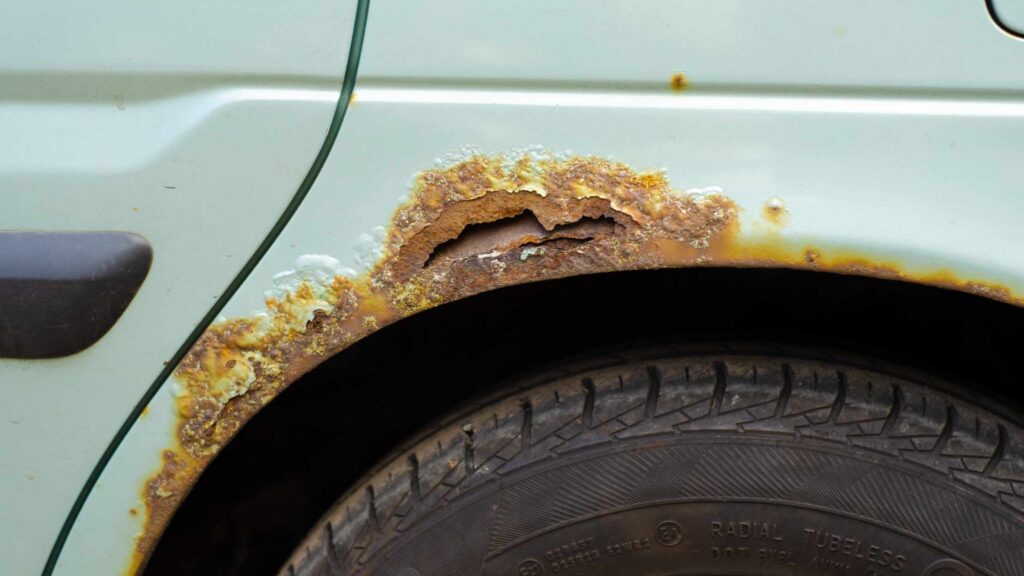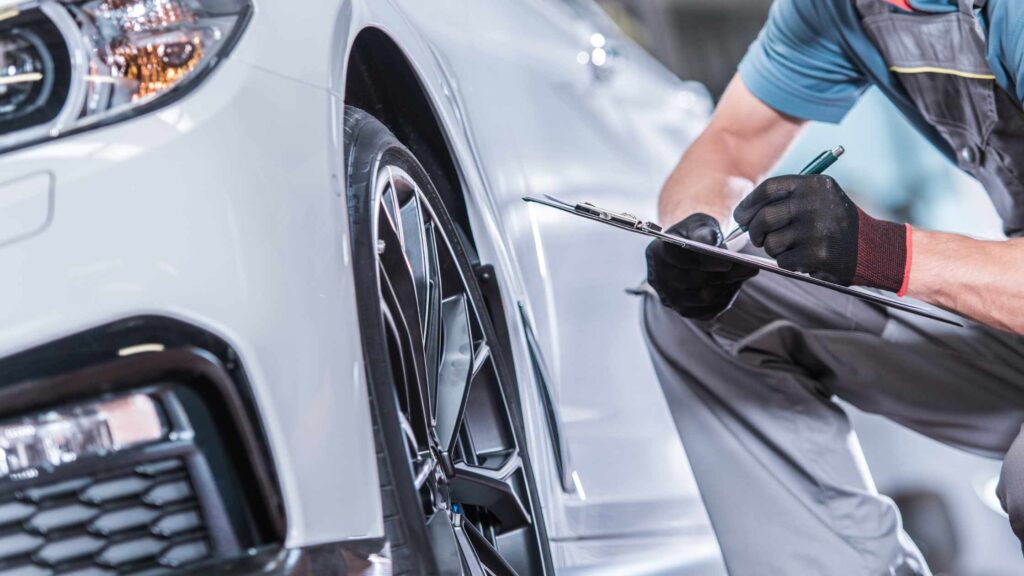Introduction
As a car owner, one of your primary concerns should be preserving the appearance and value of your vehicle. Rust and corrosion not only make your car look unattractive, but they can also lead to structural damage and decrease its resale value. Luckily, with the right preventive measures, you can protect your car’s body from these destructive forces. In this article, we will discuss various tips and techniques to help you prevent rust and corrosion, ensuring your car stays in top shape for years to come.
1. Wash Your Car Regularly
Regularly washing your car is the first and simplest step in preventing rust and corrosion. It helps remove dirt, grime, and other contaminants that can lead to rust formation when they interact with moisture. Make sure to use a mild car wash soap and a soft sponge or cloth to avoid scratching the paint. Don’t forget to clean the undercarriage and wheel wells, as these areas are highly susceptible to rust due to road salt and mud accumulation.
2. Keep Your Car Dry
Moisture is the biggest enemy when it comes to rust formation. Therefore, it is essential to keep your car dry as much as possible. Park your car in a garage or carport to protect it from rain, snow, and other extreme weather conditions. If parking indoors is not an option, consider using a waterproof car cover, especially during the rainy season.
3. Wax and Seal Your Car
Applying a good quality wax or sealant to your car’s body creates a protective barrier against moisture, preventing rust and corrosion. Waxing your car at least twice a year helps maintain the paint’s integrity and provides an added layer of protection. Additionally, consider using a sealant specifically designed for rust prevention on vulnerable areas such as the wheel arches and lower body panels.
4. Fix Scratches and Dings Promptly
Scratches and dings on your car’s body can expose the underlying metal to moisture, accelerating the rusting process. It is crucial to repair any scratches or dents promptly to prevent rust formation. Use touch-up paint or consult a professional for more extensive repairs. Taking care of these minor damages not only reduces the risk of rust but also helps maintain your car’s overall appearance.
5. Rustproofing Treatments
Rustproofing treatments offer an extra layer of protection against rust and corrosion. These treatments involve applying specialized coatings or sealants to the susceptible areas of your car’s body, such as the undercarriage and wheel wells. Rustproofing treatments can be particularly useful if you live in an area with harsh winters or frequently drive on salted roads.
6. Avoid Driving on Salted Roads
Salt used for de-icing roads in winter can accelerate rust formation on your car’s body. Whenever possible, avoid driving on salted roads or wash your car promptly after exposure to remove any salt residue. If driving on salted roads is unavoidable, consider rustproofing or applying a protective undercarriage coating.
7. Clear Drainage Channels
Your car’s body has drainage channels to allow water to escape. Over time, these channels can become blocked with debris, preventing proper drainage and leading to rust formation. Regularly check and clear the drainage channels, especially around the sunroof, hood, and trunk areas, to ensure efficient water flow.
8. Rust Prevention Products
Various rust prevention products are available in the market that can be used as additional measures to protect your car’s body. These products include rust inhibitors and penetrating oils that can be applied to vulnerable areas to create a protective barrier. Consult with a professional or do thorough research before using any of these products to ensure they are suitable for your car’s specific needs.
9. Check for Recalls and TSBs
Manufacturers sometimes release recalls or Technical Service Bulletins (TSBs) related to rust and corrosion issues. These recalls or TSBs provide information about known problems and often offer solutions or recommendations for preventing rust formation. Regularly check for recalls and TSBs related to your car’s make and model to stay updated on any potential rust-related issues.
10. Maintain a Proper Paint and Body Condition
Lastly, maintaining your car’s paint and body condition is essential for rust prevention. Regularly inspect your car for any signs of chipped paint, bubbling, or rust spots. Address these issues promptly to prevent further degradation. Additionally, consider getting your car professionally detailed once or twice a year to keep the paint and body in optimal condition.
Summary
Preventing rust and corrosion on your car’s body is crucial for maintaining its appearance and value. Regularly wash your car, keep it dry, and apply a protective wax or sealant. Fix scratches and dings promptly, consider rustproofing treatments, and avoid driving on salted roads whenever possible. Clearing drainage channels, using rust prevention products, and staying updated on recalls and TSBs are additional preventive measures. Lastly, maintain a proper paint and body condition through regular inspections and detailing. By following these tips, you can keep your car looking great for years to come.







